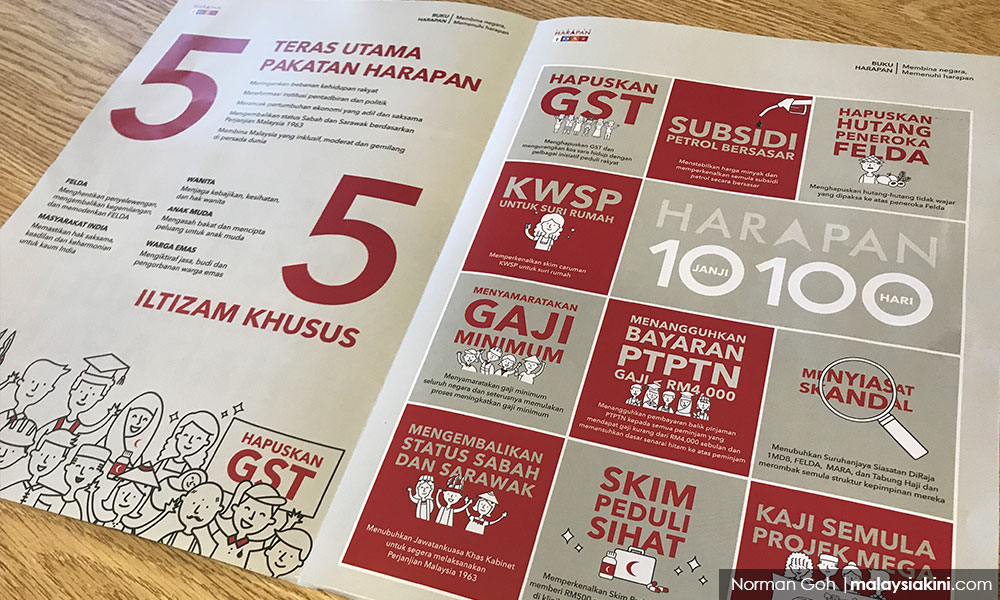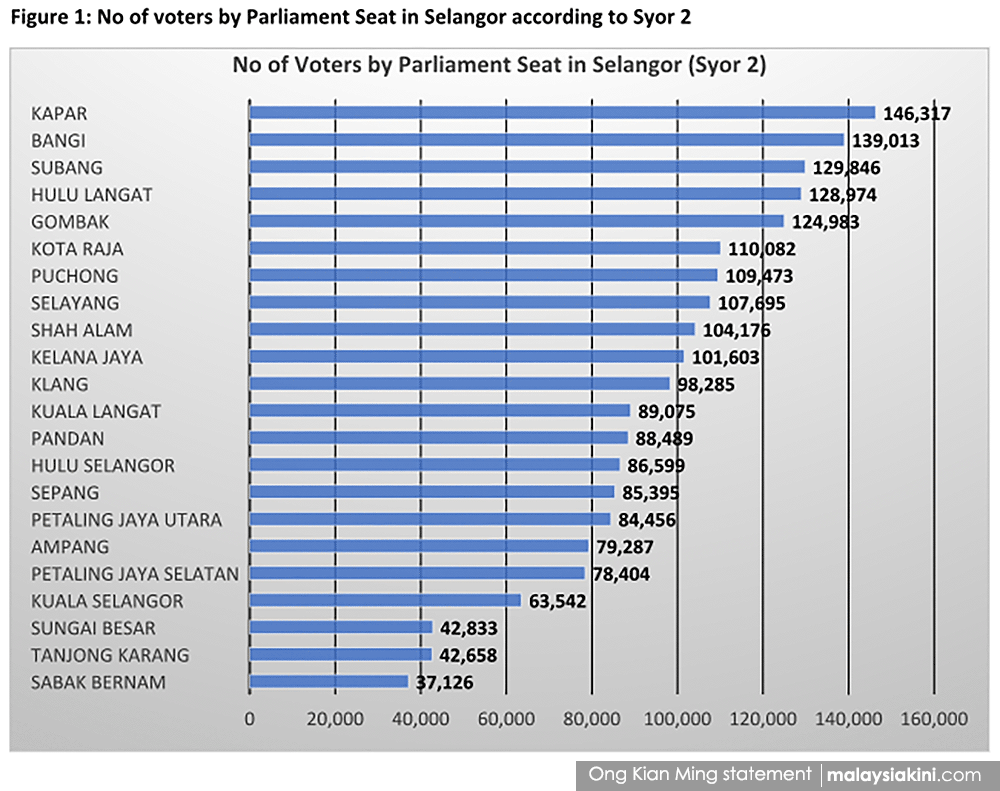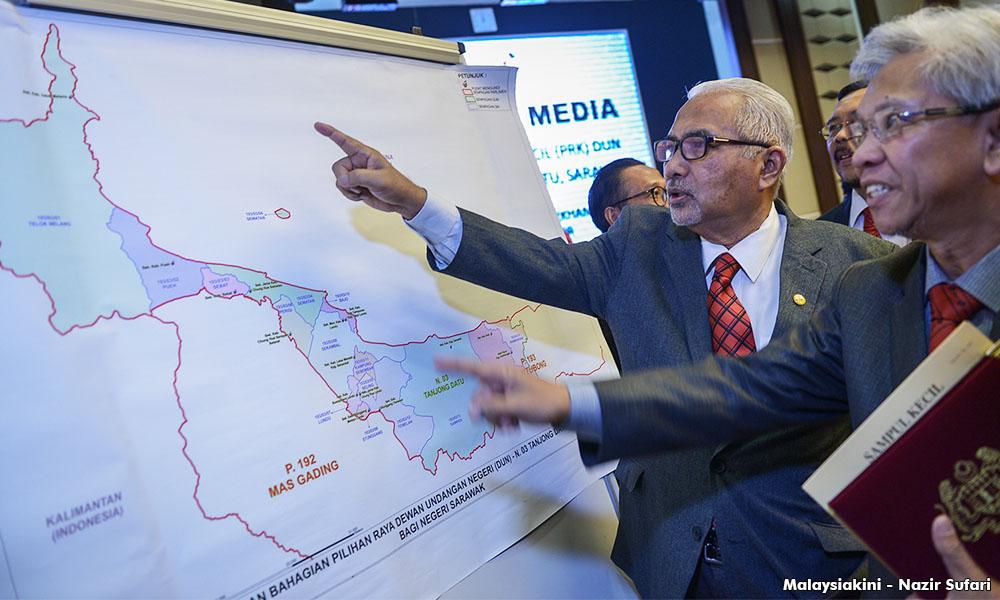COMMENT | The Economist published quite a damning piece on Malaysia and Prime Minister Najib Abdul Razak last week.
Its contents were nothing new to followers of Malaysian politics, but I suppose it was fairly novel that one of the most reputable publications in the world published such a critical, accurate piece.
Unfortunately, we cannot count on such efforts to have much significant electoral impact on the ground here in Malaysia, where Utusan Malaysia probably still wields a much bigger influence on voters.
In the United States, some say that if all the school shootings to date have failed to bring about better gun control laws by now, it’s unlikely that any more school shootings will.
In Malaysia, if all the scandals and reporting on 1MDB have yet to bring down Prime Minister Najib Abdul Razak, it seems equally unlikely that any new developments will tarnish his reputation in Umno heartlands (but one should take the time to read the recent colourful comments by Alex Turnbull, nonetheless).
But needless to say, I’d be happy to be proven wrong.
In any case, instead of flogging the dead 1MDB horse, let’s perhaps take a look at some of The Economist’s comments about the flaws of the electoral system in Malaysia, alongside some of the latest ideas put forth in the Pakatan Harapan manifesto regarding our electoral system.
Short on details
The Economist writes: “Nonetheless, the constituencies in the maps proposed by the government-appointed election commission range in size from 18,000 voters to 146,000.
“BN controls all the 15 smallest districts; 14 of the 15 biggest ones are in the hands of the opposition. The average BN seat has 30,000 fewer voters than the average opposition one.”
An earlier article, also published in The Economist, goes into even further detail.

In their manifesto, Harapan allocates one sentence/paragraph to this problem. Loosely translated from page 60 of “Buku Harapan” (which should really require less Googling then currently required to find).
“A Harapan government will ensure a fair ratio in the redelineation of electoral boundaries, and announce transparently to the public the formula to be used in determining the number of voters and size of each constituency.”
There is nothing wrong with the idea, of course, but this brief note is somewhat typically long on rhetoric and short on details.
The rest of the section concerning elections in the manifesto is similarly short on specific details (except for the points regarding lowering the voting age to 18, and ensuring a minimum of 21 days for campaigning) – contributing perhaps to the prejudice that manifestos are often full of sweet, but mostly empty, words.
As an aside, there is some irony in how a manifesto can be so long, but sometimes says so little. Harapan might be better off concentrating primarily on three, or at most five points, and drive those points home.
Identifying specific principles and formulas
I am not an expert on electoral structures and fair ratios, but perhaps we can try to think about the lines along which Harapan, or any other interested party, could have started thinking, in order to fix the problem regarding electoral malapportionment.
By numbers of voters, the smallest parliamentary constituency in Malaysia is Putrajaya, with 15,791 voters, while the largest is Kapar, with 144,159 voters – the two constituencies alluded to in The Economist.

The two MPs from both Putrajaya and Kapar both have equal voting power when it comes to choosing the prime minister and government, which basically means a voter in Putrajaya has nine times more impact and influence than a voter in Kapar.
While it may currently be impractical to make each voter 100 percent equal – which under the current system would require each parliamentary constituency to have exactly the same number of voters – surely the first step is to adjust the boundaries to ensure a much smaller gap between the constituencies with the most and the fewest voters.
An example of a starting principle could be: any given constituency cannot have more than double the number of voters of the smallest constituency.
Accounting for geography
Besides the number of voters, the other major consideration in determining electoral boundaries is geographical size.
In very sparsely populated areas, expanding the constituency boundaries to reach the minimum population required may make the constituency so large geographically as to make it physically impractical to administer said area as a single constituency.

In Malaysia, this is mostly relevant to the state of Sarawak, which has six constituencies with under 20,000 voters, presumably in the deep, difficult to access hinterland.
In contrast, Sabah has no constituency with under 20,000 voters.
Density wise, it is also worth noting that there are 2.6 million people in Sarawak spread over 124,451 square km, whereas there are 22.5 million people in Peninsular Malaysia spread over 130,590 square km.
Within our context, it may thus make sense to relax the ratio rule for a limited number of constituencies in Sarawak only.
Walking the road to reform
Implementing a rule, such as not allowing any constituency to have more than double the number of voters of the smallest constituency, is perhaps but the first of many necessary steps to ensure a fair voting system and a level playing field.
That said, we should identify and specify as many steps as we can on the road to reform, no matter how small or big.
As the self-proclaimed champions of reform, Harapan will hopefully start to hunker down and begin prioritising specifics over rhetoric.
In the short run, we should be looking at similar precise and practical ways in which we can start to improve our parliamentary democracy.
In the long run, we should re-examine every aspect of our political system, including that of Westminster-style democracy itself, to find a structure and system which best reflects the aspirations of our nation as a whole.
NATHANIEL TAN believes that the quote of the week should be: "How many Mongolian models did we have to bury in the jungle for this pricing?" https://www.malaysiakini.com/news/414835 quote
The views expressed here are those of the author/contributor and do not necessarily represent the views of Malaysiakini.

